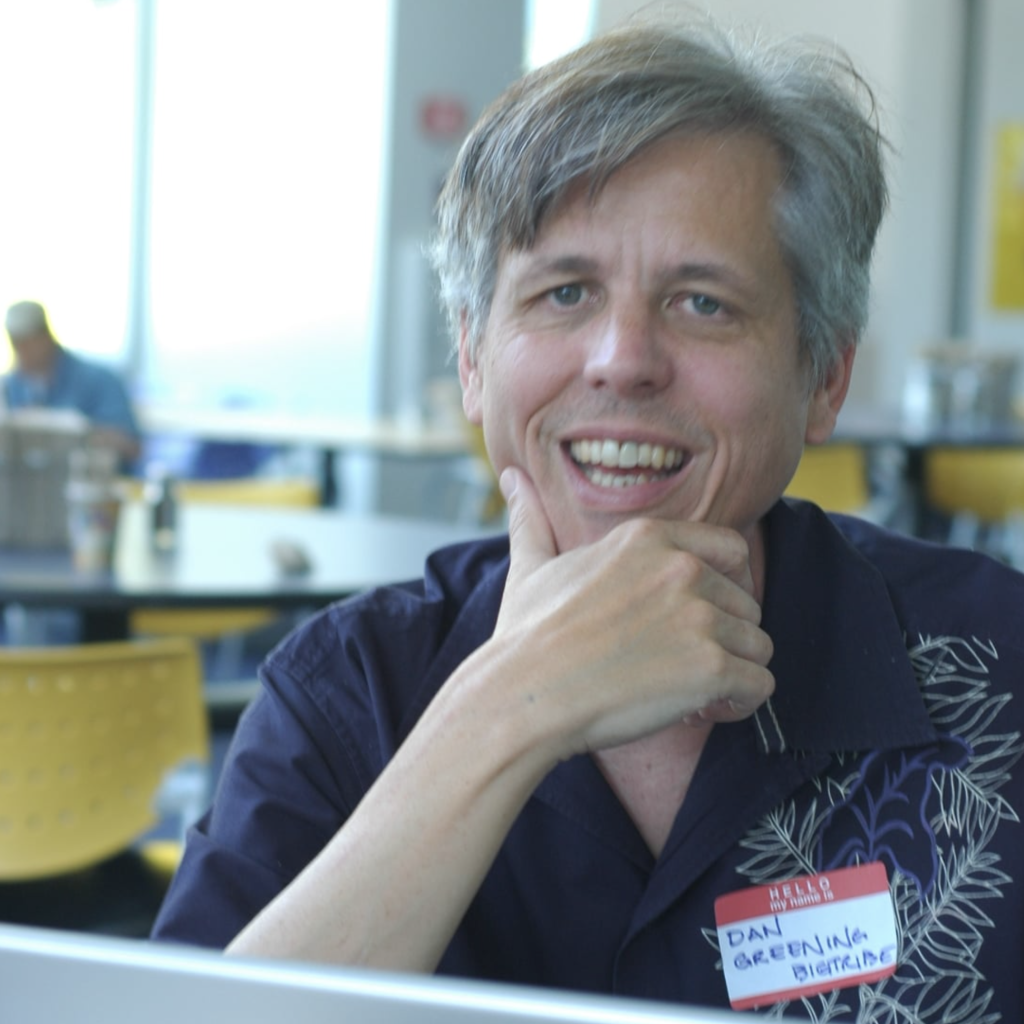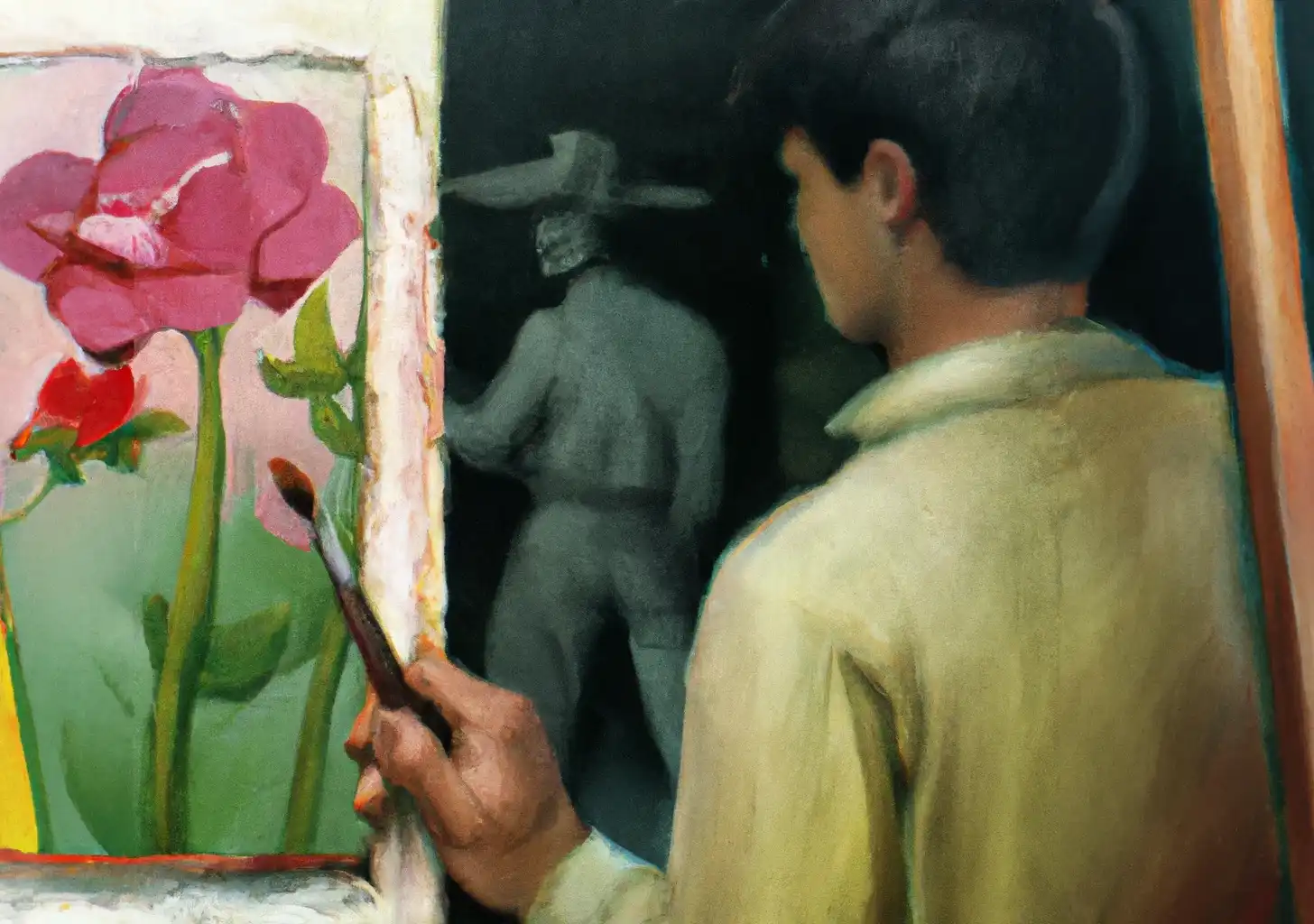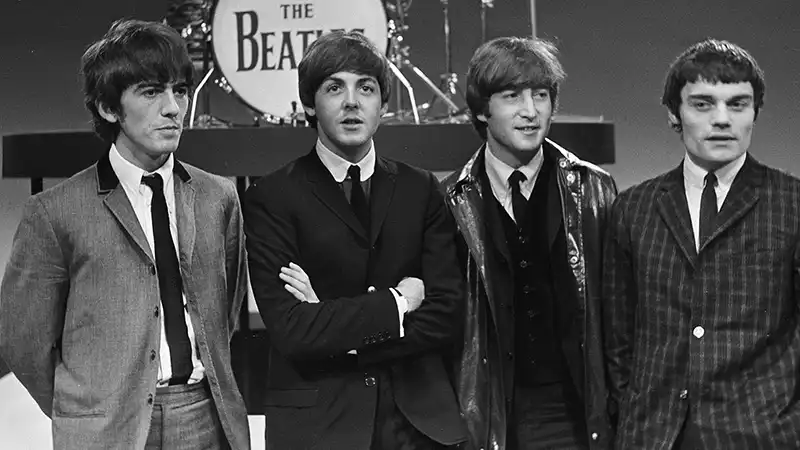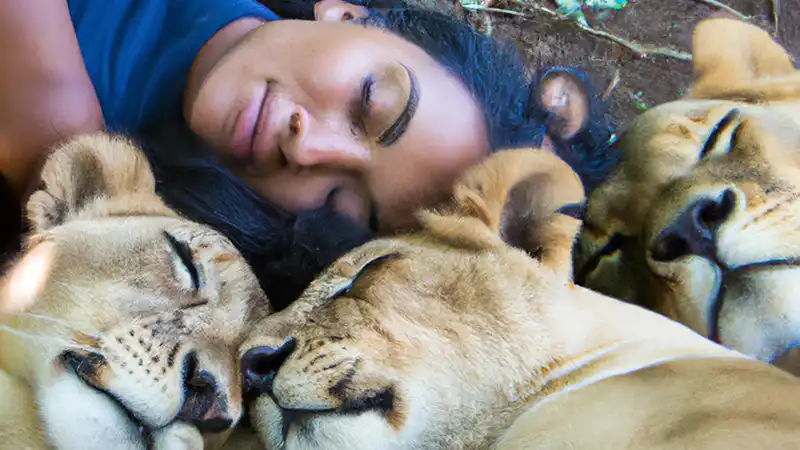
Life crafting can help us envision an ambitious future, and plan steps that will take us there. What will we do now from our current influences and conditions? How can we focus our efforts to produce more value, but avoid the suffering that arises with attachment to a specific, ambitious goal? Here’s a life crafting example for Dan Greening.
The Science of Happiness podcast recently interviewed comedian Marilyn Pittmann, as a demonstration of “Life Crafting.” Life Crafting helps us imagine the future, clarify our sense of purpose and approach that purpose in a sequence of steps, focus our efforts around a set of motivating values and practices, and slog through challenging times with commitment.
Marilyn was a pioneer as one of the first out lesbian comedians. At age 70, after living through the isolating COVID-19 pandemic, she hadn’t had a creative goal in years. No kids, a rich history, a loving audience, and now bites the bit. What next? She wants a legacy, she wants to be remembered.
I’m in a similar situation. At age 63, I have pioneered a bit. I was the first openly gay student body President for the University of California system, I published new work in computer science and organizational management. I founded a few startups. Friends have involved me in helping get things done, overcome life challenges, and feel happy. But at the same time, random distractions have created an unfocused life. Despite a lot of writing, I haven’t written a book, for example.
Life Crafting Steps
Life Crafting follows these steps:
- Identify your values and passions
- Reflect on your ideal future
- Write down how you’ll attain those goals
- Make a public commitment to your goals
Values and Passions
My values and passions have always involved these things:
- Collaboration. I love working with others, or their goals, my goals, or ideally something that combines their and my goals. When working alone, I find it hard to get motivated.
- Making philosophy personal and practical. All philosophical ideals seem to require modification when we do the hard work of applying them to our lives. I was curious about Marxism, so I joined a housing co-op (and became a capitalist socialist, in reaction against and appreciation for the co-op lifestyle). I was curious about agile management, so I became an agile coach (with a highly experimental style). After suffering the emotional upheaval of a divorce, deaths of folks close to me, successes and failures of startups, I was curious about Buddhism, which focuses on reducing suffering, so I became a Secular Buddhist (which doesn’t believe in supernatural anything).
- Helping others succeed. I love that friends have overcome challenges, large and small, sometimes with my help. I have sometimes volunteered to guide companies and people, for no compensation, just so I could exercise the communication and persuasion skills needed for a broader audience.
Ideal Future
My ideal future, like Pittmann’s, involves legacy. I don’t have kids either. So who will remember me, and how will I be remembered? Here are elements of an ideal future:
- Writing and publishing a book that beautifully captures the philosophy of agile (rather than the hodge-podge of anecdotes and “best practices” that I see in other agile books). It would be used by individuals and organizations to identify existing challenges, guide their efforts, assess their progress, and spin off new initiatives. Can I say this? I guess so, because it’s an ideal: It would be a book that people would refer to again and again.
- People would seek me as a coach for their organizations. I would be paid well for advising them for short periods, and they would follow my guidance.
- When I was no longer with them, people would fondly remember times we shared together and appreciate that I helped them on their journey.
Approach
I would attain these goals with a combination of agile and Buddhist practices (thus demonstrating the approach), namely:
- Collaborate with pals to develop an understanding of the “whys of agile,” and use that framework to create a book, develop a training program, and build an audience.
- Break down the goals into bite-sized (one week) increments that explore and advance all the goals in each little increment
- Identifying the philosophy of agile (and relevant Buddhist practices)
- Coaching individuals and organizations
- Marketing these concepts to larger audiences to build demand
- Experimenting in the development of each increment, with metrics, hypotheses, retrospection, etc.
- Podcasting about it. Why podcasting? My normal style is academic and my first goal in writing has previously been to “write for myself.” No one has really articulated the philosophy of agile well, that I have found anyway. When I talk about agile, I want my statements to be clear and on-point, which requires internal coherence. But I also have to be able to communicate with busy people who just want to get stuff done, and that requires a more conversational, approachable style that can be consumed while driving a car.
Commitment
I have started to become publicly committed to these goals, through my actions (and this blog post):
- I am collaborating with [email protected], a mindfulness leader, to produce the Mindful Agility podcast. Here we explore the application of agile and mindfulness (Buddhist) practices to individual lives and goals. I’m hoping we will branch into organizations and their goals.
- Simultaneously, I am building a model for agile and mindfulness practices in pursuit of big outcomes. I’m sharing this with colleagues, such as Dahm M. Hongchai and Jeff McKenna.
Summary
I hope sharing this Life Crafting exercise helps you understand my goals, and consider ways we might collaborate to achieve each other’s goals. It might inspire you to try the Life Crafting exercise yourself. What future might you create?
Explore Further
Daniel Greening and Mirela Petalli, The Mindful Agility podcast.
Dacher Keltner and Marilyn Pittman, Episode 113: How to Find Your Spark in Life, The Science of Happiness Podcast, March 31, 2022.
Marilyn Pittman, It’s All the Rage, Sept 24, 2012.



Leave a Reply